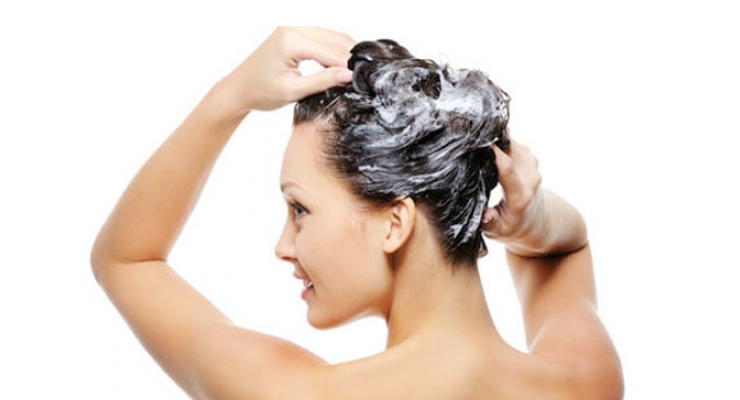Iris Ramirez, beauty and personal care analyst at Mintel11.18.13
Since 2005, increases of more than 60% were observed in these three subcategories, according to Mintel GMN. The increase in beauty product spending is directly linked to the rise in earning power of lower socio-economic groups, and especially the increased presence of women in the labor market. Women are investing more in themselves and can justify spending more on beauty products.
Despite the fact that consumers are spending more on beauty products, the hectic lifestyle of many Brazilian women who work and look after their children, husbands, and house does not leave them with much time to look after themselves. This perception is confirmed in a Mintel report, Convenience Lifestyles—Brazil, May 2013.
|
|
In fact, the hair care industry is already taking steps to help time-poor women, with products that claim to create salon results in the home. According to Mintel GNPD, products with this claim grew 154% from 2009-12, doubling its market share.
Mintel’s consumer research also found at least six in 10
|
ATTITUDES TOWARD HAIRCARE, November 2012; Base: 1,386 adults ages 16+ who use haircare products; Source: IPSOS OBSERVER/MINTEL |
In addition to the time issue, the self-confidence that hair care products provide also drives this market. Even if they attend a salon with some regularity, many people want to complement and maintain their professional treatments on a daily basis at home; after all, seven in 10 consumers say they suffer from bad hair days when they can not get their hair to look how they want it.
Lines of “salon-quality” products can be positioned as both a quick solution and affordable luxury, enhancing women’s self-esteem on even the worst of bad hair days.
Salon/professional products offer convenience and save time, but also represent an aspirational product. Providing these products with affordable prices can also attract lower-income consumers, who are more likely to prefer doing hair treatments at home.
If on the one hand, women aged 25-44 are attracted by salon products because of their convenience, on the other hand older women also offer great potential to boost this trend as they are the most likely to prefer to use treatments at home. This generates an opportunity to create a broad consumer group for salon-style products, and offers a way to encourage women to stick with these products as they age.













